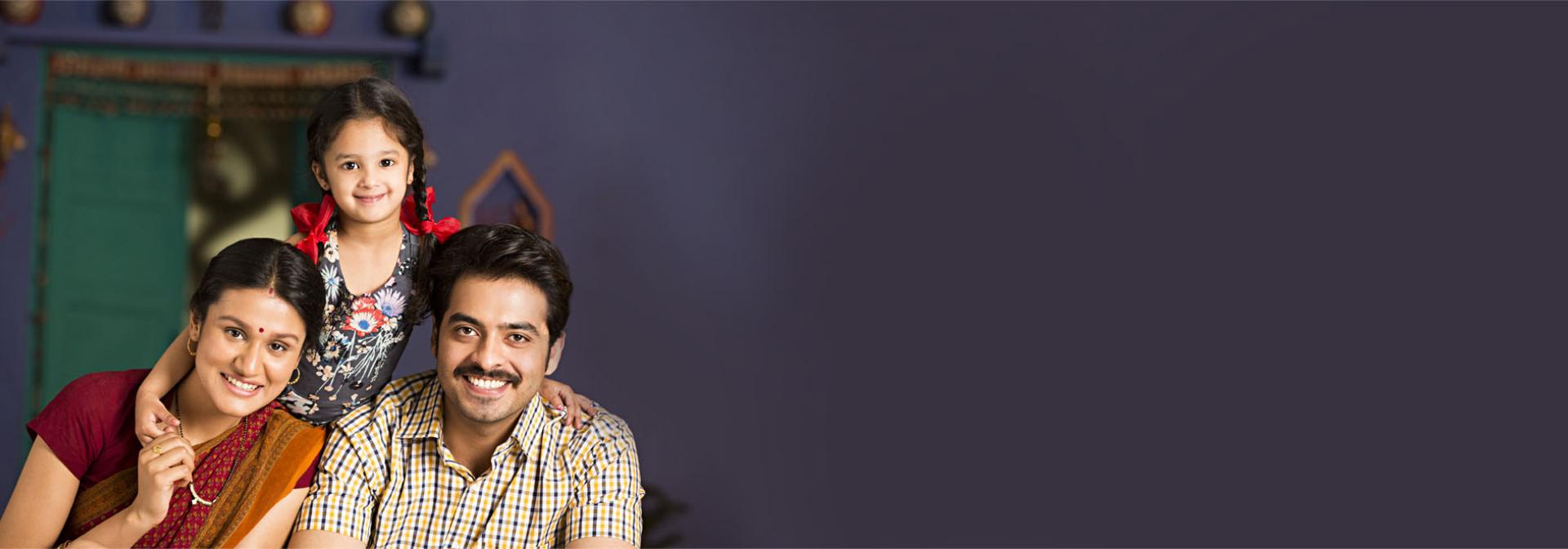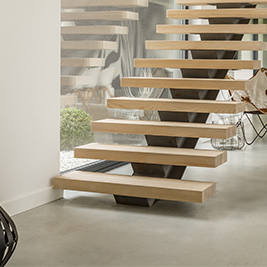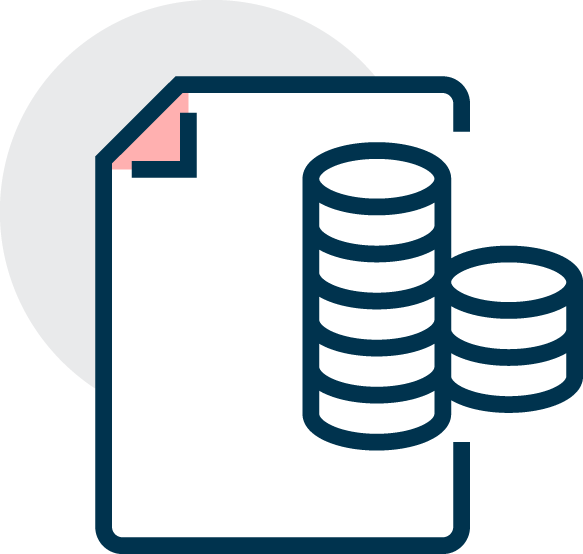SYNOPSIS
- PMAY scheme, initially launched for the lower strata of the Indian population, stands extended for the middle income group too.
- CLSS provides subsidy on the interest payable on home loan subject to conditions.
- Home purchase or construction in eligible towns would fetch the benefit.
- Limitations on annual income, carpet area of the house, tenure of home loan, eligible loan amount and ceiling on the subsidy amount apply.
- Subvention is claimed by the lender and credited to the beneficiaries’ loan account upfront.
Indians’ penchant for property ownership is well established and acknowledged. Property, along with gold, tops the Indians’ pie of investments. Owning a home is among the top aspirations of Indians. While many buy property as a solid investment for their future and also to create wealth, there are also those who look to buy their first property which they can call their home.
Given the high shortage of dwelling units, especially in urban areas, the Government has been supporting the cause of home ownership by providing various incentives. These take the form of tax concessions and exemptions apart from interest subsidies. Pradhan Mantri Awas Yojana (PMAY) is a scheme formulated by the Government of India to support the objective of housing for all. The aim is to build 2.95 crore houses by 2022 under this scheme1.
The scheme has a wide reach and covers most sections of the society from economically weaker sections to first time home buyers. A major component of the scheme is to provide Credit Linked Subsidy Scheme (CLSS) which looks to improve affordability to home buyers by subsidising the interest which is a major cost of home ownership for Indians.
Here is what the scheme holds in store for you.
 Eligibility
Eligibility
You are eligible for the benefits of this scheme if:
- You live in any of the statutory towns as per census 2011. Even if you live in any of the towns notified subsequently or planning areas notified with respect to statutory towns, you would be eligible.
- You do not own a pucca house in any part of India, either in your own name or in the name of any of your family members.
- Your family (comprising husband, wife and unmarried children) has not availed of any assistance under any of the central schemes from the Government of India or under any scheme of PMAY2.
An adult earning member, irrespective of marital status will be considered a separate household3.
 The benefit
The benefit
As mentioned earlier, CLSS entails interest subsidy on home loans. The Government picks up a part of the interest payment tab, thus lowering the cost for the scheme beneficiary. The advantage of CLSS is as follows:
MIG 1 category: If your annual household income is above Rs. 6 lakh but below Rs.12 lakh and you are purchasing or constructing a house with a maximum carpet area of 160 square metres (approximately 1,722.23 square feet)4, you get an interest subvention benefit of upto 4%. This subsidy is however limited to a maximum loan amount of Rs. 9 lakh over a home loan tenure of up to 20 years5.
MIG 2 category: If your annual household income is above Rs. 12 lakh but below Rs. 18 lakh and you are purchasing or constructing a house with a maximum carpet area of 200 square metres (approximately 2,152.78 square feet)6, you get an interest subvention benefit of upto 3%. This subsidy is however limited to a maximum loan amount of Rs. 12 lakh over a home loan tenure of up to 20 years7.
LIG and EWS categories: If your annual household income is above Rs. 3 lakh but below Rs. 6 lakh and you are constructing or purchasing a house with a maximum carpet area of 60 square meters (approximately 645.83 square feet), you get an interest subvention benefit of upto 6.5%. The interest subsidy is limited to a maximum loan amount of Rs. 6 lakh over a home loan tenure of up to 20 years8. Note: In case of this category, the house constructed/acquired with central assistance under the Mission should be in the name of the female head of the household or in the joint name of the male head of the household and his wife. In cases when there is no adult female member in the family, the house can be in the name of male member of the household9.
 Example of subvention:
Example of subvention:
Let’s assume you have taken a home loan of Rs. 9 lakh for a tenure of 20 years at 9% interest rate. Subvention would ensure that you pay an effective interest rate of 5% in the case of the MIG I scheme. The total subsidy available in this case would be Rs. 2,35,068. You can take additional loan above the maximum amount eligible for CLSS; however, the additional loan amount will be given out at a non-subsidised rate. In the same way, you may choose to opt for a longer loan tenure to suit your cash flow requirements. The subsidy calculation would however be done for maximum tenure of 20 years10.
Your home loan should have been approved on or after 1 January 2017 and the scheme stands valid till 31 March 2022 in case of EWS/LIG segments and for MIG segments till 31 March 202011.
 How to claim the subsidy
How to claim the subsidy
A major attraction of this scheme is its ease of operation. You do not have to claim the subsidy at your end. This process is taken care of by the home loan company that provides you the home loan. You only need to fill a simple declaration stating you do not own a pucca house as specified in the eligibility criteria.
Upon disbursement of the loan, the lending institution will make the subsidy claim on your behalf and will complete all the procedural formalities required. Once the nodal agency such as National Housing Bank (“NHB”) approves the loan subsidy, the entire subsidy amount would be automatically credited to your loan account upfront. This not only makes the scheme simpler, but also reduces your EMI as your loan principal stands diminished by the subsidy amount12.
 The constraints
The constraints
Apart from the limitation of not having already availed of any benefit from the Central Government housing schemes mentioned earlier, it is pertinent to note that this benefit will not be available again in case the loan is transferred from one lending institution to another. It is a one-time benefit. In case of a married couple, either of the spouses or both together (in case of joint ownership) will be eligible for a single house, subject to the household fulfilling all the eligibility criteria13.
To conclude, the Indian Government has been taking several steps to promote housing to keep pace with the increasing population and the changing demography of the country. While the bottom of the pyramid was initially the intended beneficiaries of the scheme, its subsequent extension to the MIG category is a huge shot in the arm for both home owners and the housing sector of the economy.
Note: Assessment of your eligibility to avail the benefits of CLSS is at the sole discretion of the Government of India. Contents herein are parameters outlined under the scheme for assessment of entitlement.
Note: For more information and revisions to the regulations of the scheme, please refer to www.mhupa.gov.in
- 1. http://pib.nic.in/newsite/PrintRelease.aspx?relid=181315
- 2. http://mohua.gov.in/upload/uploadfiles/files/5CLSS_EWS_LIG_English_Guidelines_wb.pdf
- 3. http://mohua.gov.in/upload/uploadfiles/files/9CLSS-MIG-Op-Guidelines-OM%242017Mar23143053.pdf
- 4. https://nhb.org.in/wp-content/uploads/2017/04/MIG-I_English.pdf
- 5. http://pib.nic.in/newsite/PrintRelease.aspx?relid=186934
- 6. https://economictimes.indiatimes.com/wealth/real-estate/cabinet-okays-increase-in-carpet-area-of-houses-under-pmay-how-to-check-your-eligibility/articleshow/61672826.cms,
- 7. http://pib.nic.in/newsite/PrintRelease.aspx?relid=179913
- 8. http://mohua.gov.in/upload/uploadfiles/files/4CLSS-MIG-Guidelines.pdf
- 9. http://mohua.gov.in/cms/hfaguidelinesmanagement.php
- 10. http://mohua.gov.in/upload/uploadfiles/files/8Additional%20Clarifications%20on%20CLSS.pdf
Also Read - How to Apply for PMAY
Home calculations made easy to help you plan your home
MISSED CALL
Give us a MISSED CALL for New Home Loan
- 09289200017


































